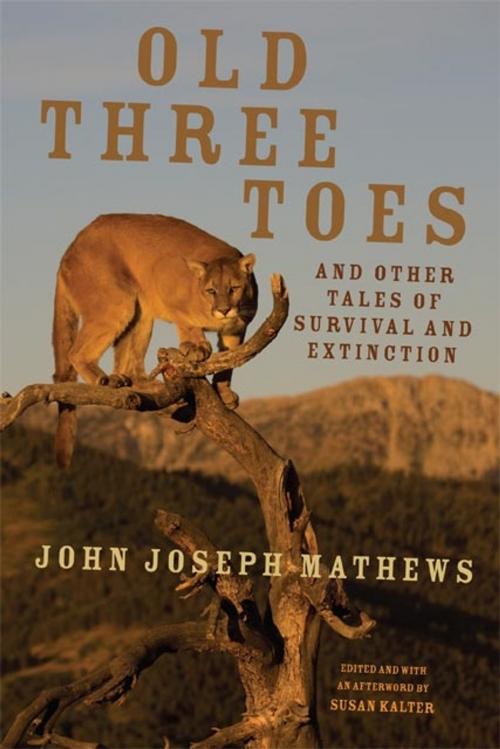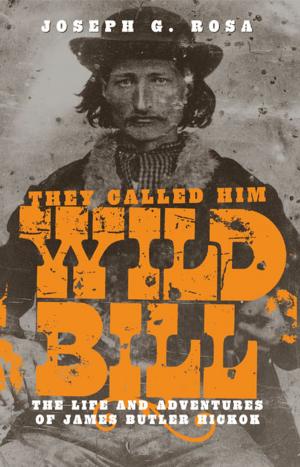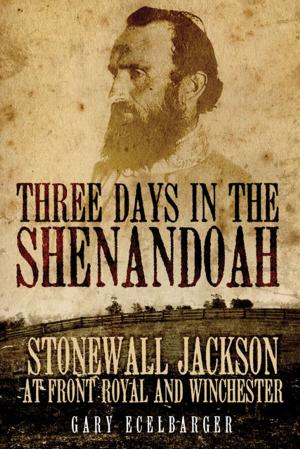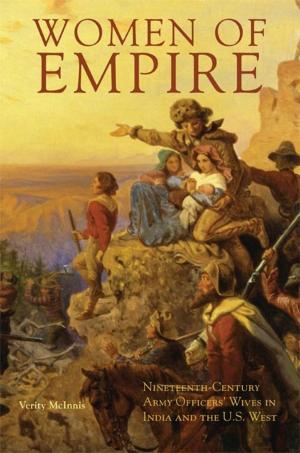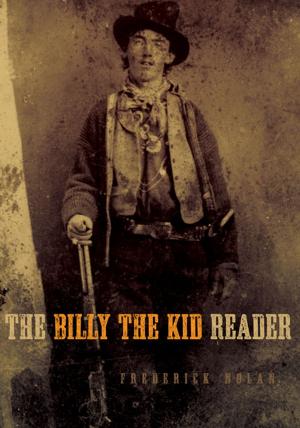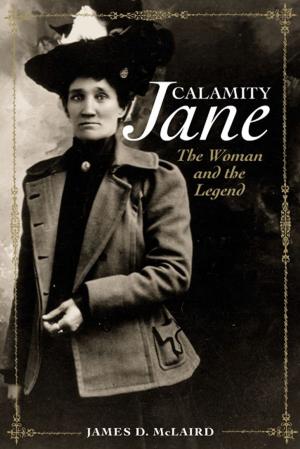Old Three Toes and Other Tales of Survival and Extinction
Fiction & Literature, Native American & Aboriginal, Short Stories| Author: | John Joseph Mathews | ISBN: | 9780806149820 |
| Publisher: | University of Oklahoma Press | Publication: | January 9, 2015 |
| Imprint: | University of Oklahoma Press | Language: | English |
| Author: | John Joseph Mathews |
| ISBN: | 9780806149820 |
| Publisher: | University of Oklahoma Press |
| Publication: | January 9, 2015 |
| Imprint: | University of Oklahoma Press |
| Language: | English |
The nine short stories in this collection by distinguished Osage author John Joseph Mathews are sure to be recognized as classics of twentieth-century nature writing and the wildlife conservation movement. The characters in Old Three Toes and Other Tales of Survival and Extinction are coyotes, mountain lions, deer, owls, sandhill cranes, prairie chickens—and human beings, who sometimes kill their prey but are often outsmarted by the largest and smallest animals.
Mathews shows us the world through the animals’ eyes and ears and noses. His convincing portrayals of their intelligence recall the fiction of Jack London and Ernest Thompson Seton. Like these literary ancestors, Mathews originally intended his nature stories for boys, but the stories transcend boundaries of age, gender, and geography. Mathews writes not just to inspire his readers with nature’s beauty but also to demonstrate the interrelatedness of humans, animals, and the landscapes in which they interact. Timely and relevant to discussions of ecology and the environment, his stories will reach a wide audience today, more than fifty years after they were written.
These stories show Mathews’s ability to write precise descriptions—of a coyote catching a field mouse, a crane eating a frog, a mountain lion playing. A hunter himself, Mathews understood both the animals’ readiness to fight and man’s instinct to survive. And he let readers share the dignity of the animal characters and their refusal to acquiesce to their own extinction, particularly in the face of human ignorance and carelessness.
Susan Kalter’s afterword provides a poignant portrait of Mathews and traces the inspirations for the short stories in this collection. Thoughtfully annotated, these stories are the only published examples of Mathews’s hitherto unknown short fiction and will add to his stature as an important American Indian writer.
The nine short stories in this collection by distinguished Osage author John Joseph Mathews are sure to be recognized as classics of twentieth-century nature writing and the wildlife conservation movement. The characters in Old Three Toes and Other Tales of Survival and Extinction are coyotes, mountain lions, deer, owls, sandhill cranes, prairie chickens—and human beings, who sometimes kill their prey but are often outsmarted by the largest and smallest animals.
Mathews shows us the world through the animals’ eyes and ears and noses. His convincing portrayals of their intelligence recall the fiction of Jack London and Ernest Thompson Seton. Like these literary ancestors, Mathews originally intended his nature stories for boys, but the stories transcend boundaries of age, gender, and geography. Mathews writes not just to inspire his readers with nature’s beauty but also to demonstrate the interrelatedness of humans, animals, and the landscapes in which they interact. Timely and relevant to discussions of ecology and the environment, his stories will reach a wide audience today, more than fifty years after they were written.
These stories show Mathews’s ability to write precise descriptions—of a coyote catching a field mouse, a crane eating a frog, a mountain lion playing. A hunter himself, Mathews understood both the animals’ readiness to fight and man’s instinct to survive. And he let readers share the dignity of the animal characters and their refusal to acquiesce to their own extinction, particularly in the face of human ignorance and carelessness.
Susan Kalter’s afterword provides a poignant portrait of Mathews and traces the inspirations for the short stories in this collection. Thoughtfully annotated, these stories are the only published examples of Mathews’s hitherto unknown short fiction and will add to his stature as an important American Indian writer.
